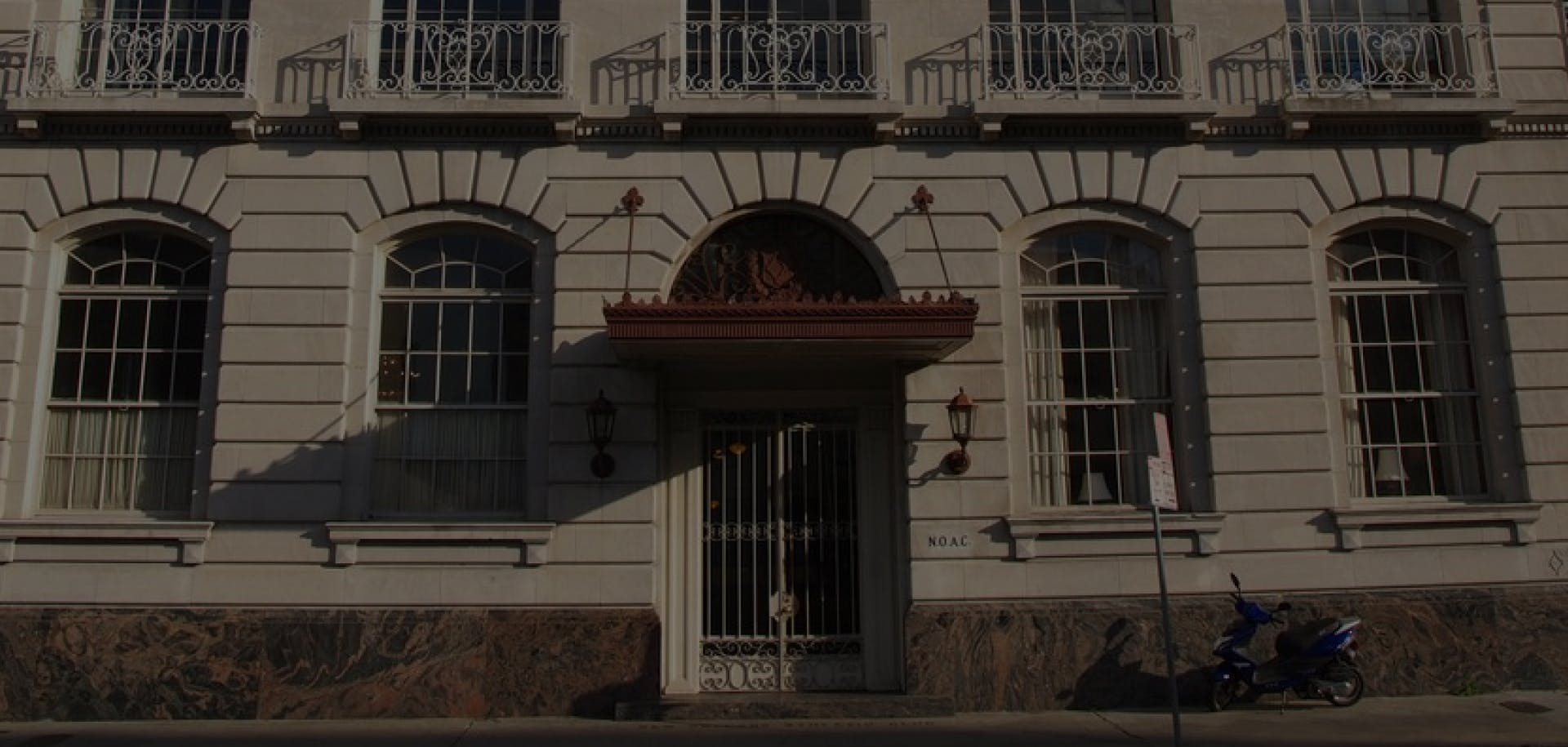
Decades of Dedication: Tracing NOAC's Journey through Time
Welcome to our Historical Timeline, a captivating journey through the evolution of our gym, tracing our path from 1872 to the present day. We have embarked on a journey to create a fitness hub like no other, a vision that has propelled us through decades of growth and transformation.
Enter the NOAC Time Machine
1872
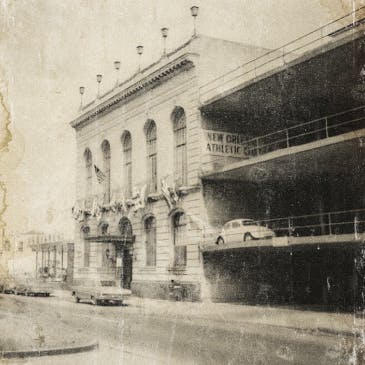
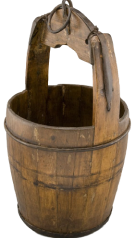
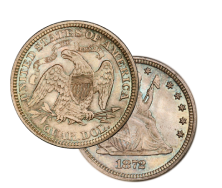
The Early Years
1872, September 2 - J.C. Aleix and other gymnasts founded a gym in Aleix's backyard with two handmade oak gymnastic apparatuses. The Club grew from there, with Aleix as its first president . Monthly dues were 50 cents, and a 35-cent assessment was levied for water and dipper when needed. The club's constitution was also created during this time. It was a unique draft that the young men all decided was a masterpiece: "The name of this Club is The INDEPENDENT GYMNASTIC CLUB with membership limited to 14. The President must have a gentlemanly deportment and strict adherence to rules and regulations"



1873
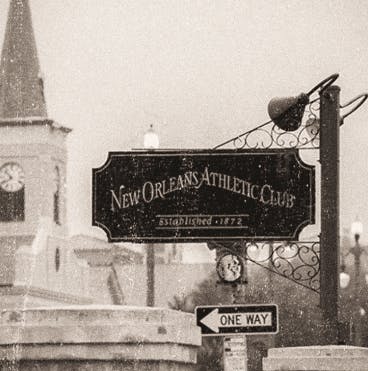
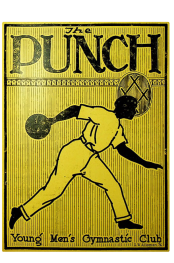

The Vision
1873, September 5 - The Club aimed to develop the body through gymnastics, fencing, and boxing . Its motto was "Mens Sana in Corpore Sano," its colors were old gold and black. A committee was formed in May 1873 to find a suitable home in the Poydras, St. Louis, Rampart, and Magazine Streets area. An old building at Rampart and Bienville Streets became the Club's domicile, and by September 5, 1873, all members had signed as security for the rent.



1874
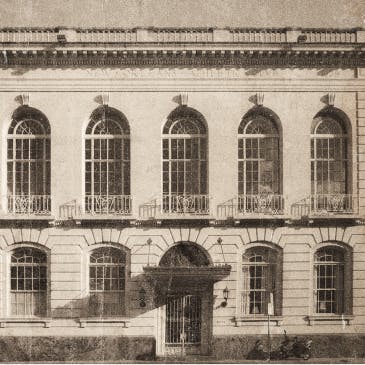
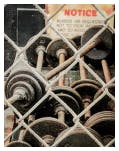
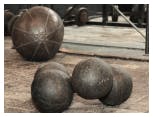
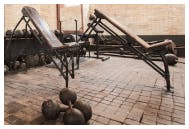
The Growth
1874, October - The INDEPENDENT GYMNASTIC CLUB, with the financial assistance of influential friends, moved into its new quarters in October 1874. Weights and pulleys, dumbbells, Indian clubs, and other apparatus, primarily secondhand, were placed on the walls and racks of the gym. Fifty young men were members . Dues were 75 cents a month.




1875 - 1885
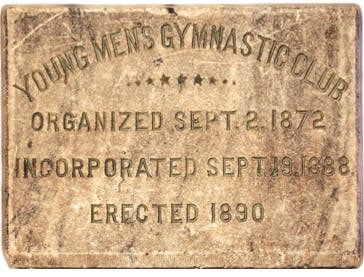
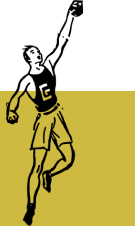

Renaming the Club
1875 to 1885 - Edw. Fredericks succeeded J.C. Aleix as president in 1875 and renamed the Club The YOUNG MEN’S GYMNASTIC CLUB . With membership up to 350, the old building needed repairs, and by 1884, the landlord advanced the rent from $10 to $40 monthly, required a five-year lease and demanded any repairs to be made by the Club. This did not meet with member approval. Hence, arrangements to purchase 37-39-41 Burgundy Street for $6,000 cash were finalized in February 1885.



1886 - 1887
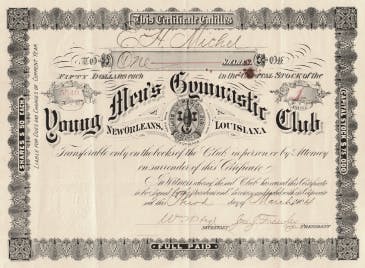
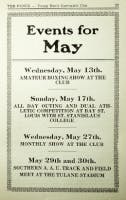
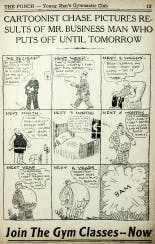
Stock Corporation
1886 to 1887 - The Club faced some difficulties but held its ground. However, in September 1888, the president called a meeting to establish a Stock Corporation with 1500 shares at $50 per share . To become a member, applicants had to hold a share of stock, which was also liable for all dues or other debts. Despite some members protesting due to financial constraints, a concession was made for harmony and the Club's success after a lively debate.



1890 - 1929
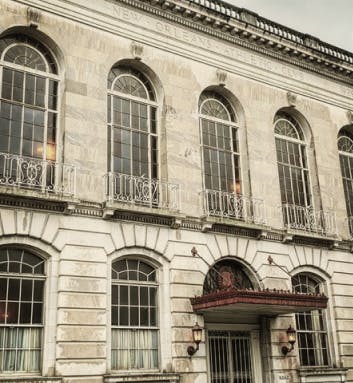


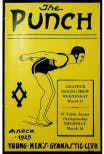
The Expansion
1890 to 1929 - For 37 years, the Club's new gym, baths, swimming pool, and professional glove contests were hosted in an annex to the Masich home at 44 N. Rampart St. Irwin F. Poche, the athletic director, promoted business men's classes, a health program, and new events to attract members. Regular dances, a handball court, and athletic teams contributed to the Club's success. THE PUNCH was established, and unique promotional stunts and boxing events made the citizens of New Orleans perceive that the Club was always active. "We had reached our goal in the old building. Modern times demanded better."




1929
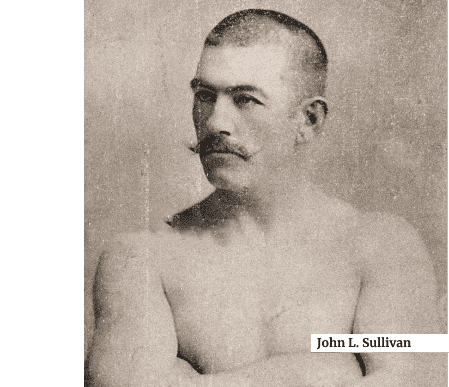
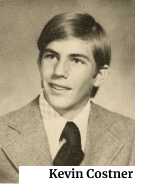
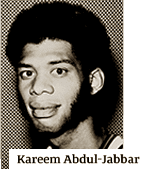
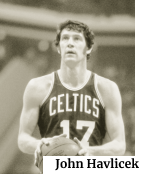

Moving Forward
1929 onward - On March 9, 1929, the pile drivers started working on the site of the NEW ORLEANS ATHLETIC CLUB , and for months, members were both annoyed yet pleased with the noise of the rivet machines and concrete mixers. The NOAC has since won various athletic championships and welcomed many champions, including John L. Sullivan, Johnny Weismuller, John Havlicek, Kareem Abdul Jabbar, and Roberto Durand. Celebrities and political figures like Clark Gable, Bob Hope, Kevin Costner, Harry Connick Jr., and Tennessee Williams have also enjoyed using the facility.





Present Decade
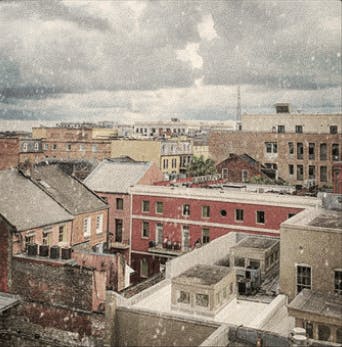
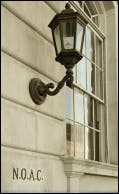

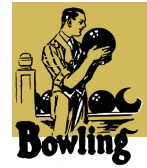
A Dedication to Excellence
In recent years, the NOAC has undergone significant operational and infrastructure changes to merge the Club's congeniality, serenity, and architectural significance with its fitness, health, athletics, and nutrition advancement. J.C. Aleix started the tradition in the 19th century, and it has been upheld by two centuries of membership, extending into the 21st century. "Strong men and women must oft-time find an outlet for their extra energy. In this manner, the athletic Club offers many interesting health activities."




